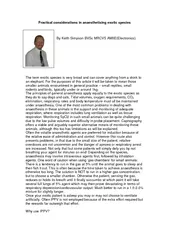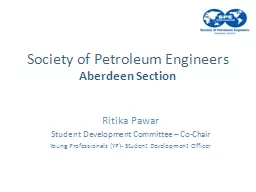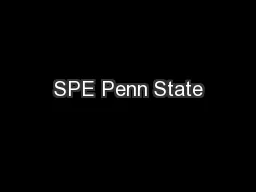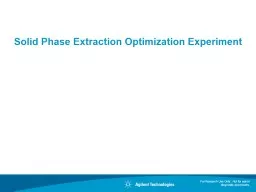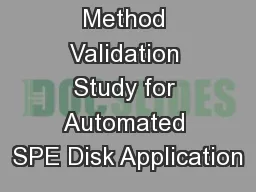PDF-Practic al considerations in anaesthetising exotic spe
Author : tatyana-admore | Published Date : 2015-04-28
The term exotic species is very broad and can cover anything from a skink to an elephant For the purposes of this article it will be tak en to mean those smaller
Presentation Embed Code
Download Presentation
Download Presentation The PPT/PDF document "Practic al considerations in anaesthetis..." is the property of its rightful owner. Permission is granted to download and print the materials on this website for personal, non-commercial use only, and to display it on your personal computer provided you do not modify the materials and that you retain all copyright notices contained in the materials. By downloading content from our website, you accept the terms of this agreement.
Practic al considerations in anaesthetising exotic spe: Transcript
Download Rules Of Document
"Practic al considerations in anaesthetising exotic spe"The content belongs to its owner. You may download and print it for personal use, without modification, and keep all copyright notices. By downloading, you agree to these terms.
Related Documents

